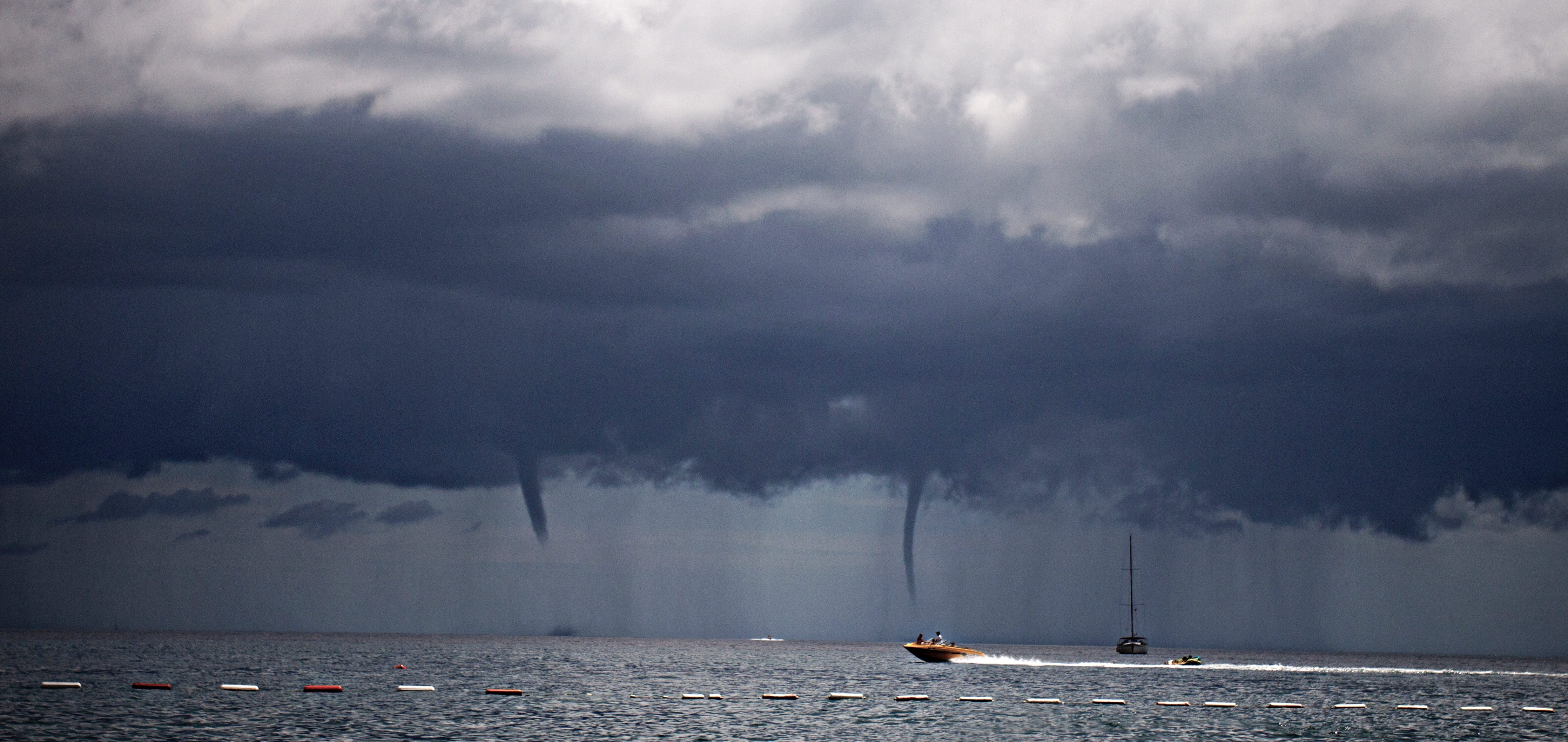The winds and rain have passed from both Hurricanes Harvey and Irma. For those of us who did not experience this catastrophe firsthand, we can only scour the web to witness the images of destruction, flooding and displaced people. The media carries stories of the dedicated work of first responders and countless volunteers dedicated to supporting their neighbors. But what event would be complete without the sound advice of the armchair quarterbacks giving their opinions as to what we did wrong?
Coupled with the positive news, we read articles from pundits who described how city planners did not develop their cities correctly. Or how we could have done a better job wrangling animals such as flamingos, wild boars or domesticated dogs and cats. And of course, how we should have done a better job evacuating citizens. But like a colleague of mine commented, “can you really plan for everything you will encounter in a Category 5 hurricane?”
We can learn from the past and guard against repeated patterns. The only organizations we can question are those who have been educated on the best practices and have done nothing. A strong analogy might be knowing that we should purchase a fire truck in anticipation of a future fire. It’s typically not prudent to witness the devastation from a fire, scratch our heads and say, “maybe we should buy a fire truck.” Past experiences would clearly present the best tools for the job. That’s not to say we may have more lessons to learn.
Should purchasing technology, establishing data centers and having ready-to-go models and apps be any different than buying hoses, axes and boots? Especially during this time of discussion around resiliency and digital transformation?
This time around we saw strong examples of governments that had not only learned from the past but had secured the technology, prebuilt the apps, set up emergency networks and secured contingent support ahead of time. The city of Tampa, Florida launched road closure apps to assist in early evacuation, days before the first raindrop fell. Pinellas County, Florida was poised with situational awareness dashboards ready to feed information to their crews in real time. The Florida Department of Transportation assessed over 2,000 bridges using field-based GIS. In Texas, the Red Cross tracked their vehicles to dispatch volunteers and resources to communities affected by Hurricane Harvey.
We will now transition from first responders to the next wave of government professionals who will step up to assume their role in supporting their communities. Public works professionals will begin inspecting infrastructure and removing debris; health and human services staff will continue connecting citizens to much needed resources; and vector control personnel will prepare for mosquitos and rodents. Longer-term urban planners and civil engineers will look at the lessons learned to redevelop communities to withstand future events.
Much like the tools, models and data used by first responders in Texas and Florida, we find readily available best practices and solutions to serve the next wave of government heroes:
- Public health preparedness applications designed to support at risk populations
- Vector control solutions to ward off outbreaks of Zika and West Nile virus
- Geodesign models to envision and build resilient communities
- Green infrastructure resources to help balance our built environments
- Economic development communications that let the world know you are still open for business
We will never halt the commentary of armchair catastrophe pundits, but we sure can lessen the number of claims they make, by taking advantage of the best in class tools that digital transformation offers.
Christopher Thomas is part of the GovLoop Featured Blogger program, where we feature blog posts by government voices from all across the country (and world!). To see more Featured Blogger posts, click here.





Leave a Reply
You must be logged in to post a comment.